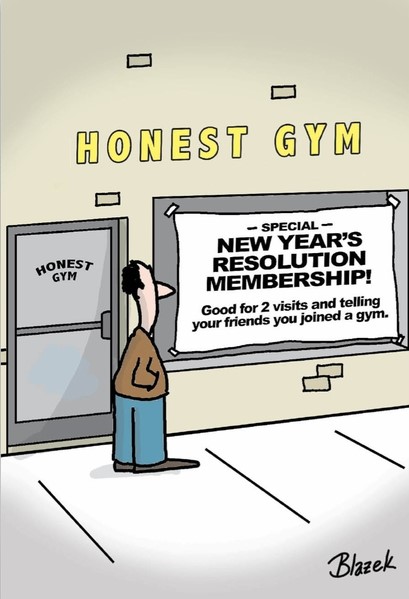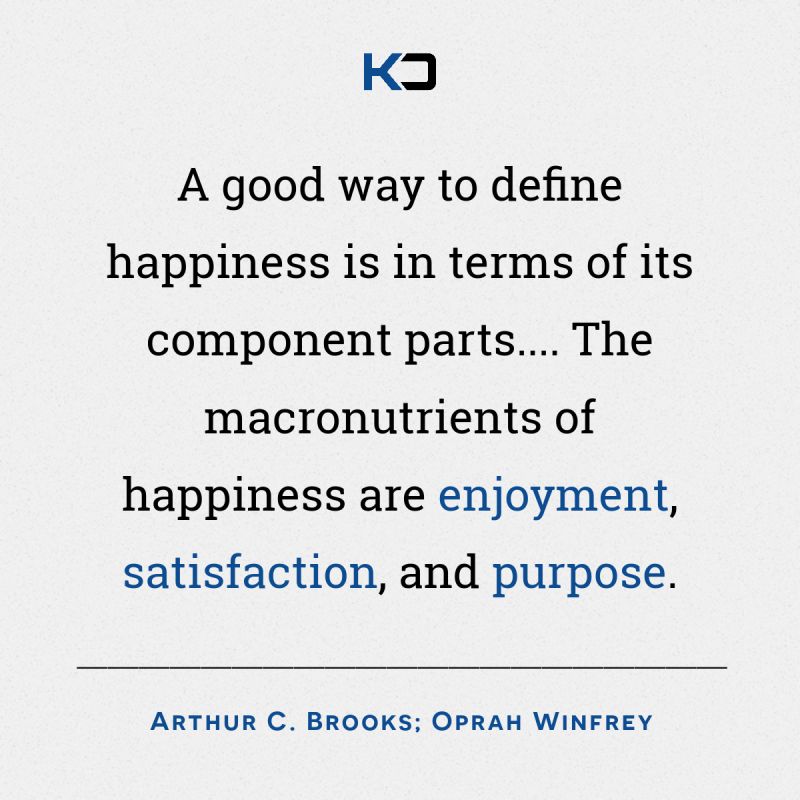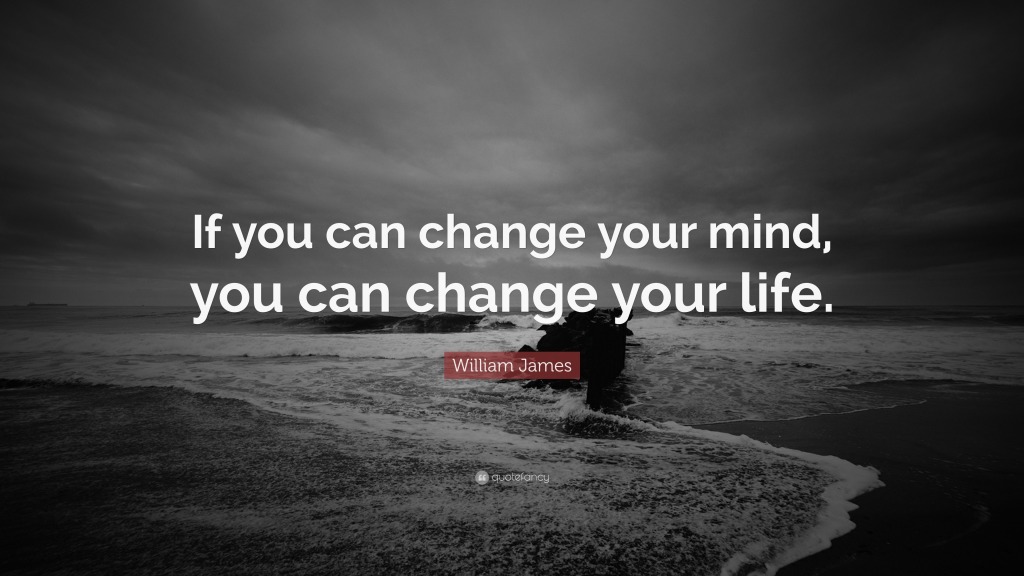-
I Found a Treasure at Walmart
One of my joys in life is crossing paths with someone who models excellent customer service. I’m talking about an individual who obviously stands out above the crowd. I had one of these encounters several years ago at (of all places) Walmart. For the purpose of this article, I will refer to this person as…
-
I’m a Sucker for Sarcasm
I’m from New Jersey where it is survival of the fittest and sarcasm is the language of choice. If one of your “friends” targets you with a sarcastic remark, you better have the ability to respond with one of your own. The sharper the better. If you hesitate, get ready for a barrage. If you…
-
Why New Year’s Resolutions Don’t Last

The tradition of making New Year’s resolutions dates back thousands of years, with the Romans enhancing the practice by committing resolutions to the two-faced Roman God Janus. Despite the common struggle to keep resolutions, author Jim Kwik’s book “Limitless” introduces the H-E-A-R-T approach, emphasizing the importance of aligning goals with emotions for better success.
-
The Procrastination Habit

The author confesses to procrastinating, and explores the reasons behind this common behavior. They suggest that individuals often rationalize procrastination, however, it has detrimental effects such as hindering self-esteem and causing distress. The post highlights a study noting how procrastination is linked to a person’s inability to deal with distress. The author also references Elizabeth…
-
Want a Happier, Healthier Life – Sleep More!
I had a conversation last week with a young mother of three. It was after 9:00 PM and she was grocery shopping. Her schedule was probably typical of any parent with young children who are interested in activities outside the home. It’s like you need a logistics manager to make sure the kids you know…
-
Why the Most Important Human Quality is Resilience
Intelligence, Social Skills, Dependability, Drive, Flexibility, Integrity, Ingenuity, Creativity… It’s excellent to have a few of these qualities or even better to have all of them. However, in my opinion, the most essential human quality is resilience, and here’s why. I’m sure you’ve heard it all before. “To err is human.” Alexander Pope, the Poet…
-
You Must Know Yourself to be Yourself!
Most humans haven’t invested enough time getting to know themselves. It has to do with a lifestyle that is all about doing. Getting to know oneself requires alone time, away from the daily distractions. You must be in the present moment to pay attention to your thoughts. It is simple yet not easy and requires…
-
Subscribe
Subscribed
Already have a WordPress.com account? Log in now.


